I have understood that solar panels don't last forever. Warranties are typically a couple dozen years, and you can expect your panel to last for perhaps twice the warranty period.
But what does exactly happen when the panel is failing? Does it fail suddenly like computer hard disks, or does its output degrade like the capacity of batteries? What are the physical principles behind the failing solar panel? Is the failing in some way related to heat?
Do solar cells made by a reputable brand last longer than cheap Chinese cells?
Is it possible to make a solar panel that would last essentially forever given a high enough price is possible? Such a panel might prove useful if it turns out that the low interest rate environment will continue.
Of course, there are many types of solar cells, so the answer may be limited to the most common types, i.e. polycrystalline and monocrystalline silicon cells.
